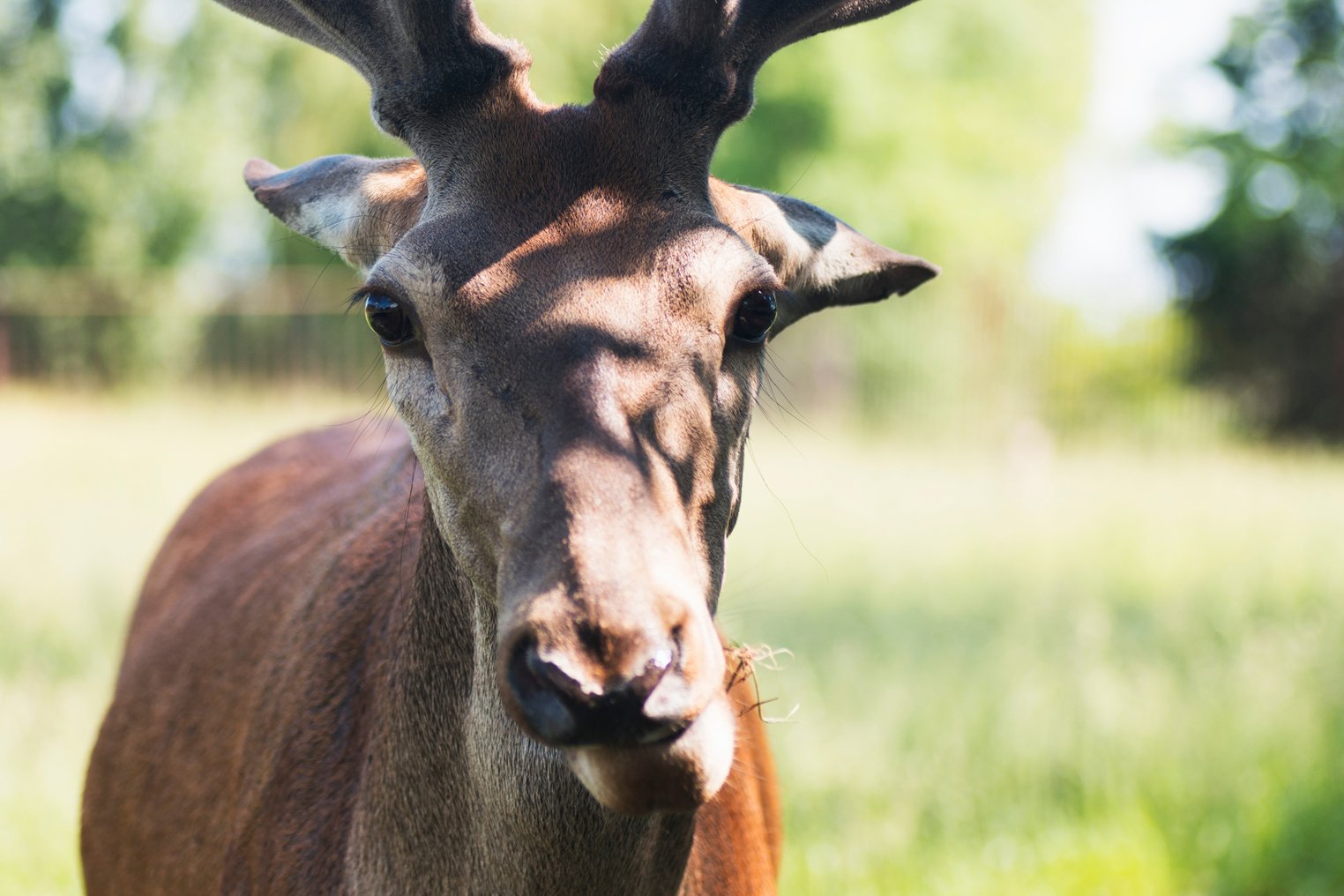Photographing animals up close is an exhilarating experience that requires patience, respect for nature, and a good understanding of your equipment. Whether you're in the wild or a controlled environment like a zoo or nature reserve, close-up photography allows you to capture the intricate details and unique expressions of animals, offering a glimpse into their world. Here are key tips to help you take captivating close-up pictures of animals.
1. Understand Your Subject
Before venturing out, research the behavior and habitat of the animals you want to photograph. Knowing when they are most active and where they are likely to be found can significantly increase your chances of a successful encounter. Additionally, understanding an animal's behavior can help you anticipate its movements, allowing you to be ready to capture that perfect shot.
2. Keep a Safe Distance
While getting a close-up shot is the goal, it's crucial to maintain a safe distance to ensure both your safety and the well-being of the animal. Disturbing wildlife can lead to stress and unpredictable behavior. Use a telephoto lens to close the distance between you and the animal. Lenses with focal lengths of 200mm and above can provide significant magnification, enabling you to fill the frame with your subject from a safe distance.
3. Opt for Supportive Gear
Stability and mobility are paramount in nature photography, particularly for close-up shots where even the slightest movement can affect the image quality. While tripods are excellent for static setups, the unpredictable nature of wildlife often requires a more flexible approach. Use a high-quality camera sling like the Skout G2 to keep your camera safe and your body light and mobile.

4. Master the Art of Focus
Focusing on the eyes of the animal is a widely accepted practice in wildlife photography. The eyes are the windows to the soul and can convey emotion and character in your shots. Use your camera's autofocus points to pinpoint the eyes, and consider using back-button focus to increase your chance of getting the shot, especially in dynamic situations where the animal is moving.
5. Opt for a Wide Aperture
Using a wide aperture (low f-number) not only allows more light to reach the sensor, enabling faster shutter speeds but also creates a shallow depth of field. This effect beautifully blurs the background and isolates the subject, drawing attention to the animal and minimizing distractions. Experiment with apertures like f/2.8, f/4, or f/5.6 to achieve a beautiful bokeh while keeping the animal sharply in focus.
6. Be Patient and Respectful
Patience is perhaps the most crucial trait of a wildlife photographer. Animals will not appear on cue or pose as you'd like, so you'll have to spend time observing and waiting for the right moment. Respect the animal and its environment by minimizing disturbance and adhering to ethical photography practices. Your patience and respect will often be rewarded with natural, undisturbed behavior, making for more authentic and impactful images.
7. Experiment with Different Perspectives
While face-to-face shots are compelling, don't hesitate to explore different angles and perspectives. Shooting from a lower angle can make your subject appear more majestic or imposing. Close-ups of paws, feathers, or textures offer a different take on wildlife photography, highlighting the beauty in the details.
8. Practice with Local Wildlife
You don't always have to venture far to practice close-up animal photography. Local parks, gardens, and even your backyard can be full of wildlife, from birds to insects. Use these opportunities to hone your skills, experiment with settings, and understand animal behavior in a more accessible setting.
Take Close-Up Photos of Animals
Close-up animal photography is an art that blends technical skills with an understanding of nature. By respecting wildlife, practicing patience, and mastering your equipment, you can capture stunning close-ups that reflect the beauty and essence of the animal kingdom. Remember, the journey is as rewarding as the photos you take, so embrace each moment with enthusiasm and respect.





